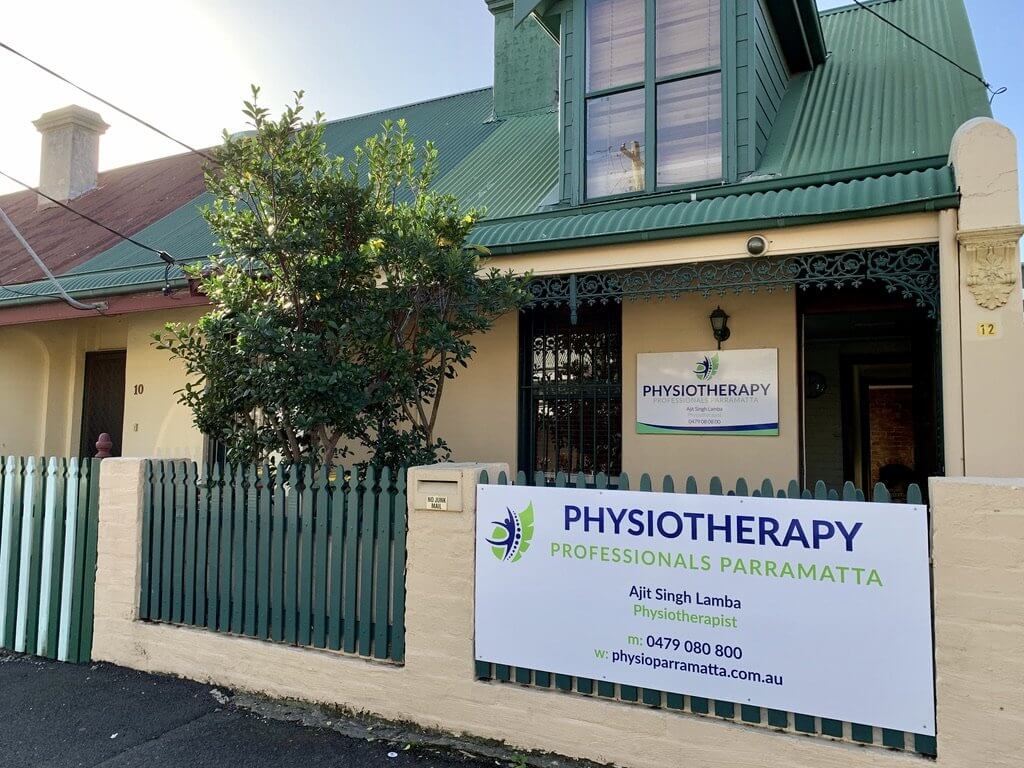Best Pillow For Neck Pain

Best Pillow For Neck Pain
“What is the best pillow for my neck?” is a question Physiotherapists are often asked. The wrong pillow can cause or aggravate neck pain and stiffness, headache, scapular or arm pain. Sleep may be delayed or disturbed, or symptoms may be apparent on waking.
The ideal pillow will provide enough support to keep the neck and spine aligned in a neutral position. This prevents adoption of more ‘end-range’ neck postures during sleep, which are believed to increase biomechanical stresses on cervical spine (neck) structures. Support for the natural inward curve of the neck (lordosis) can also reduce pain caused by unconscious muscular tension.
Recommending the best pillow for individuals is a difficult task because of limited research to identify the best model among those currently available on the market. Advice by health professionals is often based on the anecdotal suggestions of expert colleagues and professional associations.
Different shapes of pillow have been suggested: roll-shaped orthopaedic pillows, contour (“neck or cervical pillow”) is generally designed to fit the form of the head with a firm support for the neck lordosis, or a combination of standard, cylindrical, and shoulder pillows. The height of the pillow is important for a good resting position and some designs have a pocket in the neck support for adjusting the filling to give individual support for this area.
Filling materials include foam or fibre, polyester, polyurethane, or kapok, bamboo, rubber, feather, duck or goose down. There are even water based and medicinal pillows with herbs! Beware if the filling material is too compact as this may be too hard or stiff against sometimes tender neck muscles.
An important consideration for some is washable pillows for good hygiene and that the filling materials do not cause allergies.
Habitual sleeping position will influence pillow preference. Side sleeping position is the most prevalent position (71.9%)1 and several research studies have tested pillows accordingly. Sleeping on your back usually requires less support than side lying. Sleeping on your front is not recommended as this usually positions the neck at or near end-range and can stress the intervertebral joints.
A 2009 Australian study1 recruited subjects who reported a preference for side sleep position with one pillow and recorded sleep quality and pillow comfort ratings, frequency of retiring and waking neck pain and duration of waking neck pain while sleeping for a week on their usual pillow, polyester (Tontine), foam (Dentons Comfort Classic), feather (Target) and latex rubber pillows (Dunlopillo) of regular shape and a foam contour pillow (Dentons Medirest). This study provided evidence to support recommendation of latex rubber pillows in the management of waking neck pain, and to improve sleep quality and pillow comfort. The rubber pillow performed better than subjects’ own pillow in most instances. Subjects’ own pillow performed similarly to foam and polyester pillows, and there was no evidence that the use of a foam contour pillow had advantages over the regular shaped pillows. The feather pillow was not recommended.
A follow up paper in 20102 by the same authors looking at people with neck/upper back symptoms again recommended latex pillows over any other of the five types tested for control of waking headache and scapular/arm pain. They also investigated whether pillow type alters neck-upper back posture when side lying and reported in a 2011 paper3 that the contour foam pillow did not support the neck any differently to a regular shaped foam pillow.
Further support for latex as a material was provided in a study4 of 42 patients with cervical spondylosis (age-related degenerative changes in intervertebral discs and cervical vertebrae). Use of a latex contour pillow in addition to physiotherapy treatment resulted in reduced pain, decreased disability and increased range of neck motion.
A new type of cervical pillow called a “spring pillow” was recently introduced on the market. It is made from viscoelastic polyurethane on the outside and contains 60 independent springs on the inside. This combination is thought to promote better neck posture because of the continuous adaptation of the pillow to the shape and movement of the head during sleep. A 2019 paper5 reported that use of the spring pillow was more effective than an educational intervention for improving cervical, thoracic, and head pain. Whether a spring pillow is more effective than other ergonomic pillows however remains to be tested.
In conclusion, we can be guided by the research as it currently exists, but since everyone’s head and neck configuration is different it is always better to test different pillows where possible to determine which one provides the best support for your neck. For example goose/duck down has always been my personal preference but that won’t suit everyone. Dunlopillo latex pillows are made in a combination of high and medium profiles with soft, medium or firm feels. I use a medium profile and feel latex pillow in the clinic for patients to test out.
Links:
References:
Gordon, S. et al. (2009). Pillow use: The behaviour of cervical pain, sleep quality and pillow comfort in side sleepers. Manual Therapy 14; 671-678.
Gordon, S. et al. (2010). Pillow use: The behaviour of cervical stiffness, headache and scapular/arm pain. Journal of Pain Research 3; 137-145.
Gordon, S. et al. (2010). A randomized, comparative trial: does pillow type alter cervico-thoracic spinal posture when side lying? Journal of Multidisciplinary Healthcare 4; 321-327.
Fazli, F. et al. (2019). Ergonomic latex pillows as a part of a multimodal intervention or as an adjunct to rehabilitation programs in cervical spondylosis: are they useful? American Journal of Physical Medicine & Rehabilitation 98; 600-607.
Vanti, C. et al. (2019). Effectiveness of a “spring pillow” versus education in chronic nonspecific neck pain: A randomized controlled trial. Physical Therapy 99; 1177-1188.
Contact Us:
If you are unsure about anything, you can call us anytime to have a confidential discussion with our expert Physiotherapists.


Other Posts:
